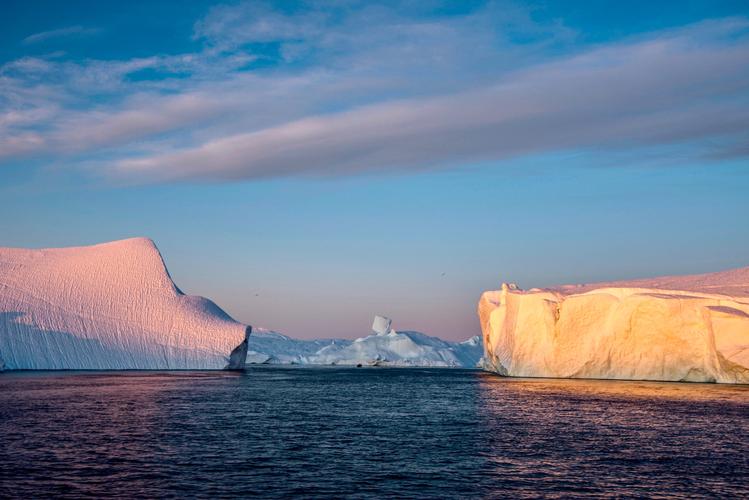In today’s digital age, geography and popular culture are becoming increasingly intertwined. Our love for certain aspects of popular culture often translates not just into what we consume, but also how we perceive and interact with our environment. From movies and TV shows to music and literature, geography plays a central role in shaping our collective obsessions. In this article, we explore the intersection of geography and popular culture and see how mapping out our obsessions delivers interesting insights into our society.
Geographically Defined Obsessions
Our obsession with the popular culture often takes on a geographical dimension. For instance, people from certain regions have a deep connection to specific types of music or food. Whether it’s pizza in New York or country music in Nashville, these obsessions often result from the unique cultural, social, and economic factors that define a specific place. In recent years, this phenomenon has become more apparent, with the internet and social media driving the spread of these geographically defined obsessions.
Pop Culture and Tourist Attractions
As consumers of popular culture, we often develop a fascination with the physical locations that play a central role in our favorite movies, TV shows, or books. For instance, fans of the Harry Potter franchise flock to the Wizarding World of Harry Potter theme park in Orlando, Florida, while Game of Thrones enthusiasts make pilgrimages to the filming locations in Croatia and Northern Ireland. These attractions offer fans the opportunity to immerse themselves in the worlds they love and experience them in a tangible way.
Media Representation of Geography
Popular culture has always played a significant role in shaping public perception about different places. However, the way geographic locations are portrayed in digital media presents both opportunities and challenges. While popular culture has the ability to shape our perceptions of a place, it can also perpetuate biases and misconceptions. For instance, the portrayal of certain countries as exotic, dangerous, or primitive may influence how people view those places, stifling their growth and development.
Mapping Obsessions to Understand Society
Mapping out our cultural obsessions can tell us a lot about society. By analyzing popular culture trends and their geographical representation, we can gain insights into how people perceive and relate to different places. For instance, an analysis of the songs that top the charts in different regions could help identify social and cultural trends in those regions. Similarly, an examination of the number of tourists that visited a particular location after it was featured in a movie or TV show could shed light on the impact of popular culture on tourism.
Conclusion
The intersection of geography and popular culture provides exciting opportunities for exploration and analysis. From geographically defined obsessions to the impact of media representation, understanding the relationship between popular culture and geography can help us gain insights into our society. While popular culture has the power to shape our perceptions of different places, it can also help us celebrate diversity and appreciate the unique characteristics of different locations. By mapping out our obsessions, we can gain a deeper understanding of our society and the ways in which popular culture influences it.
(Note: Do you have knowledge or insights to share? Unlock new opportunities and expand your reach by joining our authors team. Click Registration to join us and share your expertise with our readers.)
